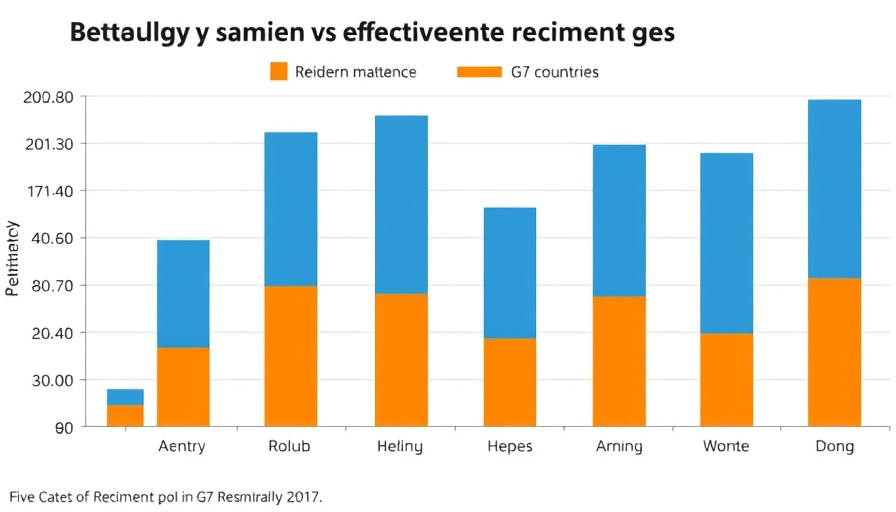
Pay Transparency: A New Standard for Business
The necessity for pay transparency is no longer a mere branding strategy; it's becoming essential for businesses worldwide. Recent findings from HR Dive's 2025 Identity of HR survey indicate that while a vast majority of HR professionals agree on its significance, there's a noticeable decline in those who believe its importance will increase in the coming years. This shift merits a conversation about what pay transparency means for the future of workforce strategy and organizational culture.
Understanding the Shift in Perception
According to Breanne Martell from Littler, the transition to mandatory pay disclosure won’t diminish its importance; rather, it marks a movement toward standardization in business practices. “It’s just going to be the standard business practice,” she noted. This standardization is reinforced by legislative changes worldwide, particularly in the European Union, where the Pay Transparency Directive will soon hold companies accountable for their pay practices.
The Challenges of Implementing Pay Transparency
However, achieving effective pay transparency is not without its challenges. Katie Stukowski, from Salary.com, emphasizes that many organizations lack the necessary processes to embrace these new disclosures fully. Employers face a dual challenge of understanding their internal pay structures while navigating a complex legal landscape that varies by region. This intricate web of laws complicates compliance and often dissuades companies from making pay transparency a top priority.
Preparing for the Future of Pay Transparency
Organizations that can enhance their pay transparency practices are likely to create a more engaged workforce. By adopting people-first leadership strategies, companies not only improve employee engagement but also enhance their organizational health. This integrated approach reinforces the commitment to equitable pay and cultivates high-performance culture, which is crucial in retaining top talent.
Embracing Change: The Role of HR Leaders
For CHROs and other operational leaders, now is the time to act decisively regarding pay transparency. The responsibility lies in effectively managing the complex interplay between compliance and culture. By focusing on succession planning and leadership development, organizations can ensure they are not just compliant but genuinely committed to fostering an equitable environment where employees feel valued.
As businesses evolve, embracing pay transparency isn't just about compliance—it's about leadership in a changing world. Empowered organizations thrive.
 Add Row
Add Row  Add
Add 




Write A Comment